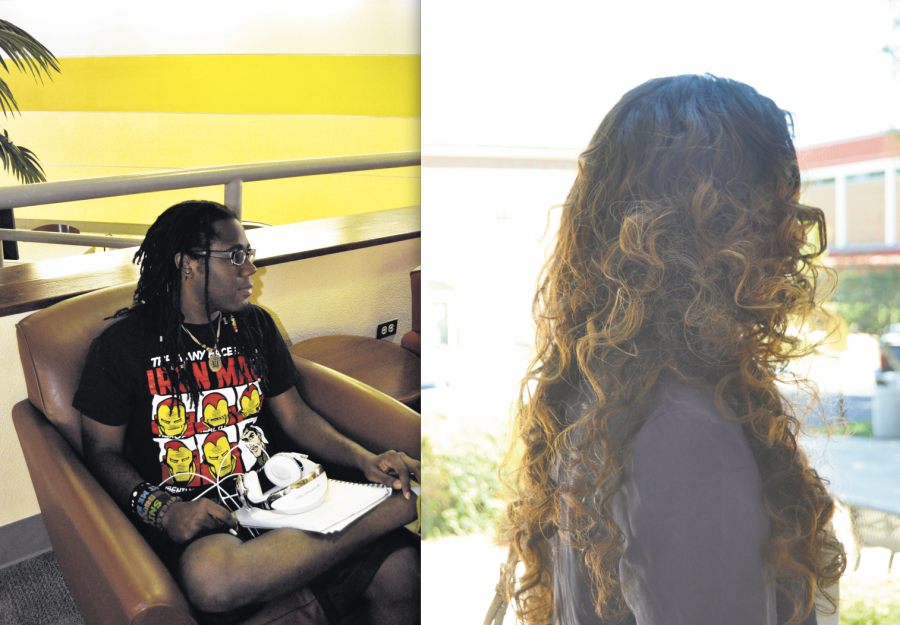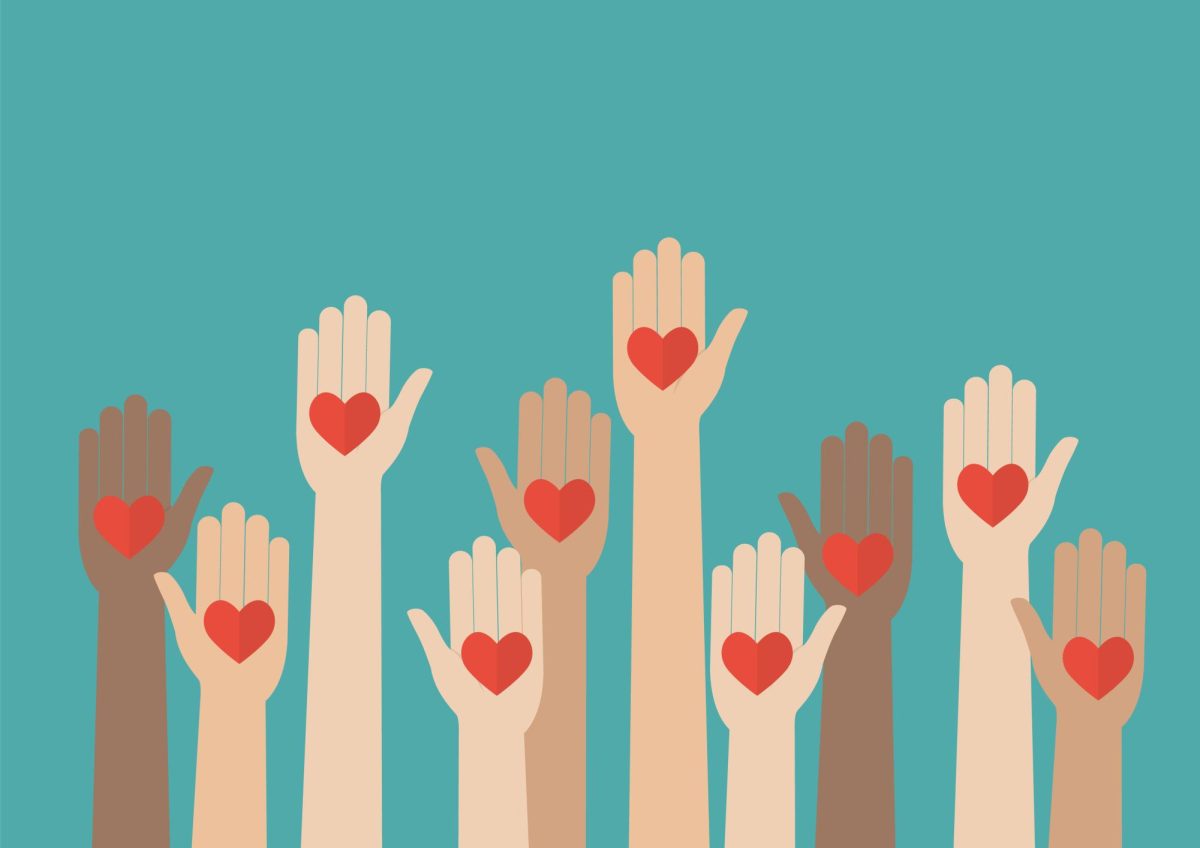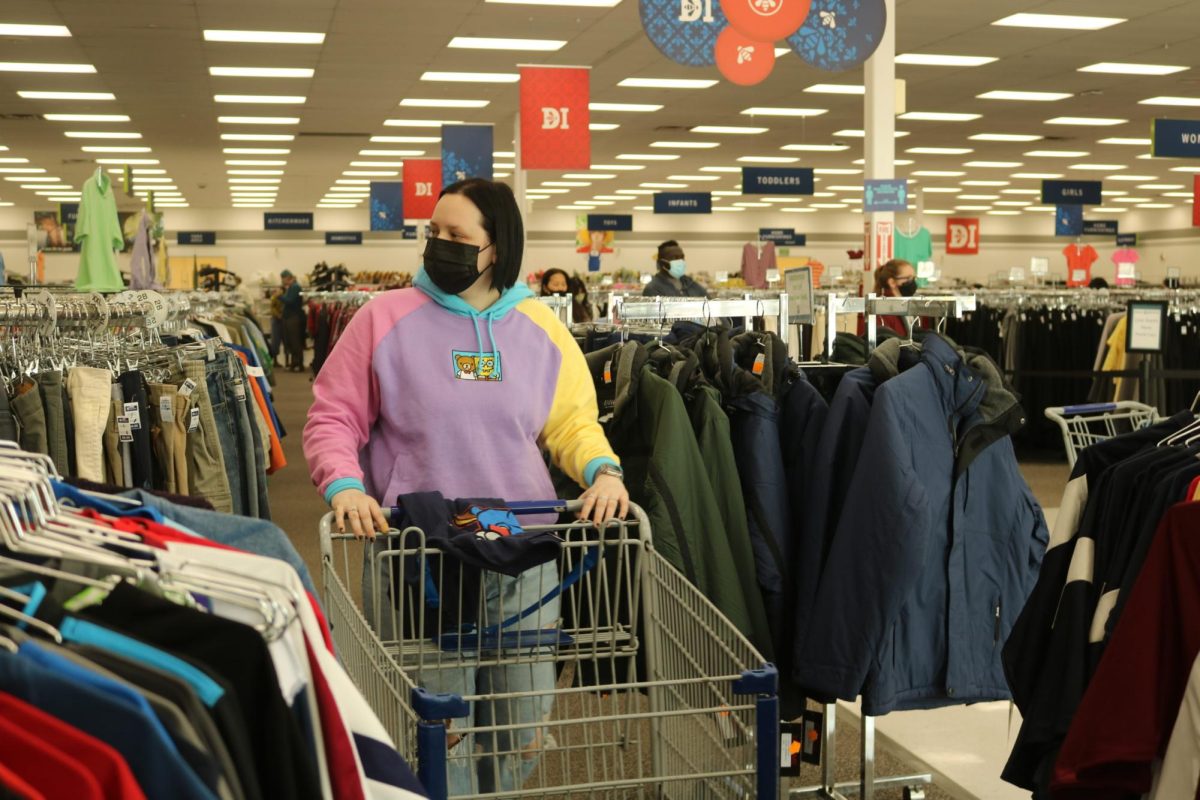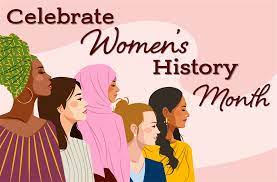Whether natural or relaxed, African-Americans flaunt their crown of glory in a variety of ways.
African-American hair has evolved throughout the years as a reflection of things like people’s native culture and in some cases to imitate the standards of beauty that society has set.
Natural hair, or hair that is not manipulated by an chemicals, has made a comeback in American society in recent years largely due to people finding out the dangers of chemically processed creams, or relaxers.
According to eHow, the coming of natural hair in popular culture became known in the 1960s during the civil rights movement when blacks were urged to wear their hair in it’s natural state to avoid looking as if they were imitating the hairstyles of Caucasians. During this time, many civil rights activists such as Angela Davis were seen sporting a style called an Afro as a political statement. Soon, the Afro was seen in the media frequently on celebrities such as The Jackson Five and actress Pam Grier.
Relaxers are said to have been around since the 1800s, according to America Now. People with hair of a coiled texture tend to use relaxers in efforts to straighten hair. Relaxers are said to last approximately two to three months before putting another one in the hair. Since relaxers are full of chemicals, it is best that you do not repeat this process frequently because it can over-process hair, causing breakage.
In 2010, a hair care company called Design Essentials conducted a study on women who stopped using relaxers in order to “go natural.” The study showed that 26 percent of women stopped using relaxers and that number grew to 36 percent a year later in 2011.
Regardless of the texture of hair, African-Americans style their locks in many different ways from braiding to up-dos. Hair has been an expression of self in the African-American community since the beginning of time.
Another popular way to wear hair comes in the form of a weave, which is defined on Oxford dictionary’s website as “a hairstyle created by weaving pieces of real or artificial hair into a person’s existing hair, typically in order to increase its length or thickness.” Many women choose to wear this style not only as an expression of self, but also to grow out the length of their own hair.
Robyn Munson, communicative disorders senior from New Orleans, personally made the switch from relaxed hair to natural hair because she was not satisfied with what the relaxers were doing to her hair. She said that the quality of her hair has improved greatly since she stopped using relaxers.
When Munson is not in the classroom, she focuses her attention on another passion, which is doing hair. She started experimenting with hairstyling when she was 14 years old and continues to work on her styling skills today.
“[Doing hair] is a form of art, kind of like sculpting,” Munson explained. “It’s interesting how you can manipulate the hair into doing different things.”
After growing out her natural hair for three and a half years, Munson decided it was time for a change and decided to being growing dreadlocks.
Dreadlocks have been around for centuries but made an impression on popular culture around the 1970s with the coming of Jamaican reggae artist Bob Marley. Marley, who was a follower of the Rastafari movement, chose the style of dreadlocks as a statement of his identity as a Rastafarian. Although many people have worn dreadlocks long before Marley took the reggae world by storm, pop culture has seen a rise in the hairstyle since Marley’s famous locks came to the forefront of society.
Munson said that no matter how you choose to manage your hair, natural or relaxed, maintaining healthy hair depends on how you choose to take care of it.
The Hair Chronicles: A look at different African-American hairstyles
Tiffany Wiliams
•
October 10, 2013
Jacoby Ward and Brittany Morris show off their dreadlocks and curled weave, respectively, on Monday, Oct. 7.
0









